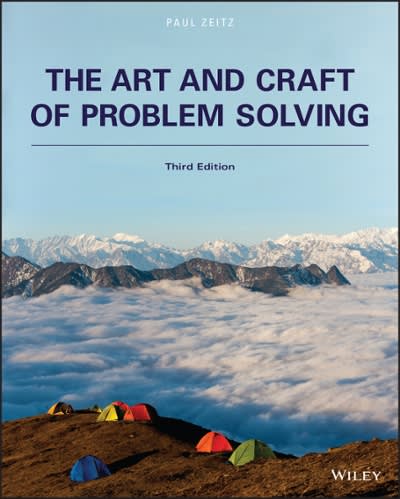Answered step by step
Verified Expert Solution
Question
1 Approved Answer
A gambler wants to determine whether a coin is biased in any way. He obtains a sample of n=16 people and has each person toss

A gambler wants to determine whether a coin is biased in any way. He obtains a sample of n=16 people and has each person toss the coin a total of 100 times. The number of times out of 100 that the coin lands head up is recorded as the raw score for each person. The gambler calculates a sample mean of M=56 and a sample standard deviation of s=12. He analyzes the data with a one-sample t-test. Please explain how to do it and why. Also, is this one-tailed or two-tailed test.

Step by Step Solution
There are 3 Steps involved in it
Step: 1

Get Instant Access to Expert-Tailored Solutions
See step-by-step solutions with expert insights and AI powered tools for academic success
Step: 2

Step: 3

Ace Your Homework with AI
Get the answers you need in no time with our AI-driven, step-by-step assistance
Get Started


